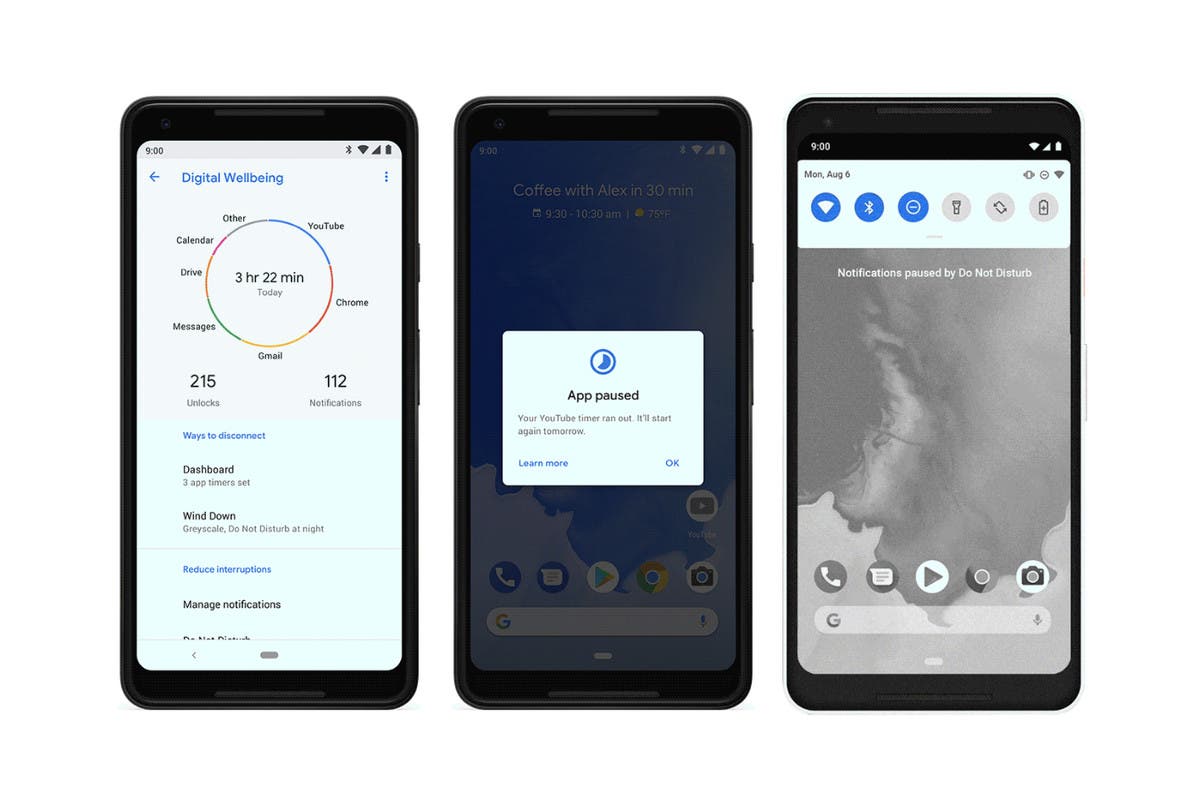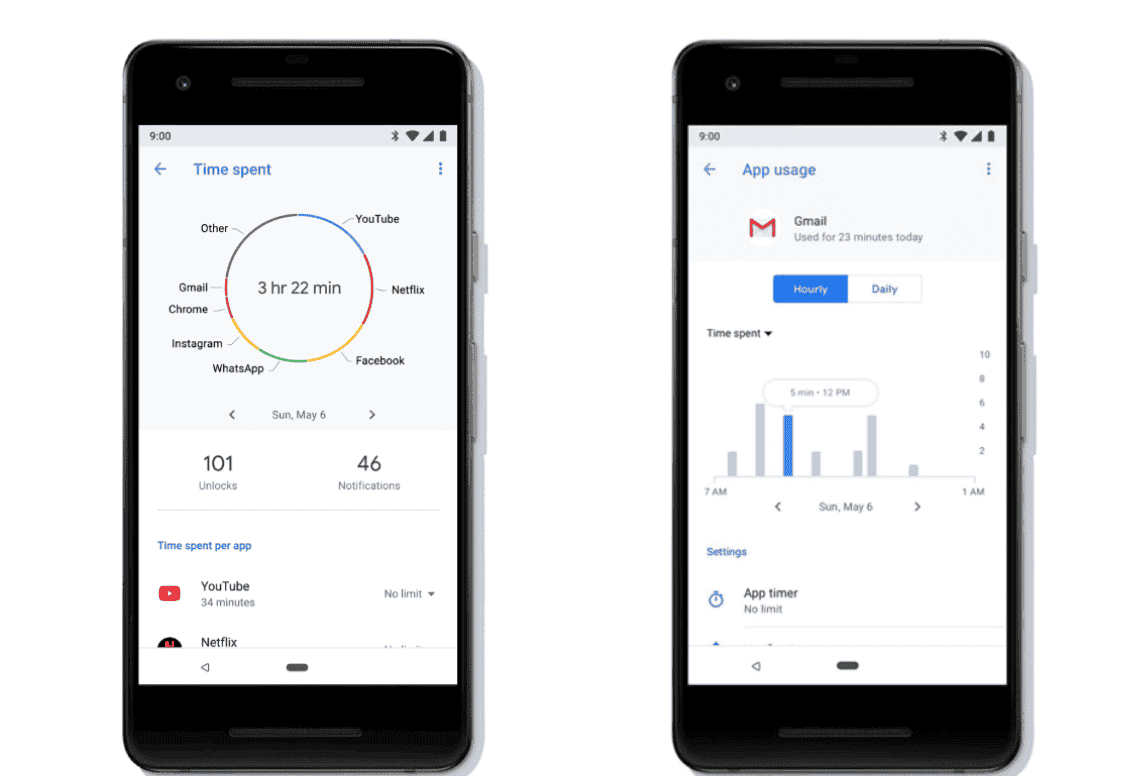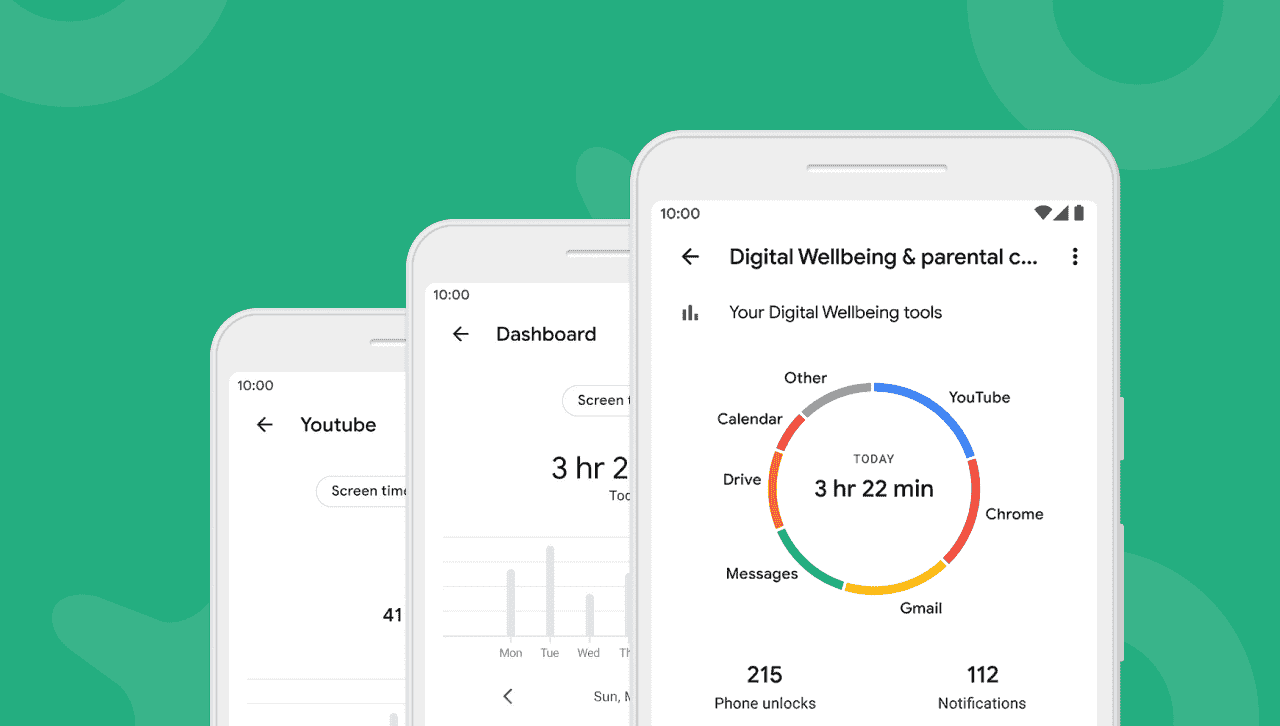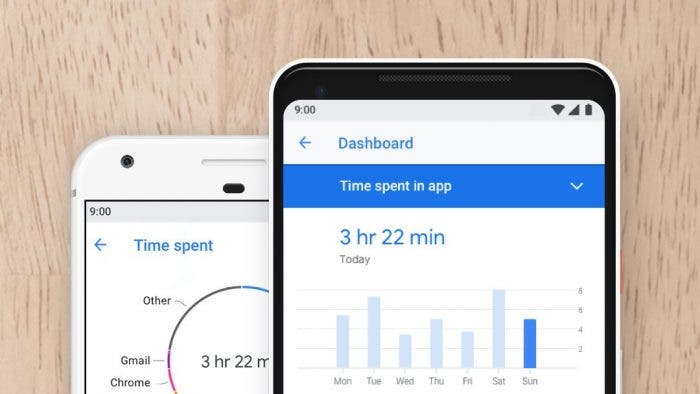In our tech-driven world, smartphones have become a constant companion, offering endless information and connection at our fingertips. But this convenience can come at a cost: digital overload. We find ourselves mindlessly scrolling, battling notification fatigue, and losing precious time to unproductive phone use. To help us navigate this digital landscape, Google introduced Android Digital Wellbeing, a suite of features designed to promote healthier phone habits and find balance between our digital and real lives.
Finding balance with your phone: A comprehensive guide to Android Digital Wellbeing

This article delves deep into Android Digital Wellbeing, exploring its capabilities and guiding you towards effectively leveraging them to achieve a healthier, more mindful relationship with your phone.
Demystifying the Dashboard: Understanding your digital world
So, at the heart of Digital Wellbeing lies the Dashboard. This centralized hub paints a clear picture of your phone usage habits. Through insightful data visualizations, you see:
- Screen time: The total amount of time you spend glued to your screen each day.
- App Usage: A breakdown of how much time you spend in each app, highlighting potential usage patterns.
- Notifications: The number of notifications received from different apps, revealing potential sources of distraction.
- Unlocks: How often you pick up your phone, showcasing your “checking” behavior.
This data isn’t just informative; it’s empowering. By understanding your habits, you can identify areas for improvement, setting meaningful goals for a more balanced experience.
Taking Control: Tools for mindful phone use
Digital Wellbeing equips you with powerful tools to manage your phone use:
- App Timers: Set limits on how long you can use specific apps each day. Once the timer runs out, the app becomes inaccessible, encouraging you to step away.
- Wind Down: Schedule a bedtime routine that dims the screen, grayscales the display, and silences notifications to prepare your mind and body for sleep.
- Focus Mode: Temporarily silence distracting apps, creating focused pockets of time for work, study, or relaxation.
- Do Not Disturb: Completely silence your phone for a set period, ideal for meetings, important moments, or digital detox sessions.
- Digital Wellbeing Partner: Share your usage data with a trusted friend or family member who can encourage and support your goals.
These tools allow you to actively manage your phone use, preventing it from taking over your life. You can customize settings, create exceptions, and adjust them to fit your evolving needs.

Going Beyond the Basics: Advanced features for digital well-being
Digital Wellbeing offers additional features for power users:
- Family Link: Manage your child’s digital life by setting app limits, screen time restrictions, and bedtime schedules.
- Website Timers: Control your time spent browsing specific websites, even outside of apps.
- Grayscale: Convert your display to grayscale to make your phone less visually appealing and reduce compulsive checking.
- App Shortcuts: Easily access tools like Wind Down and Focus Mode from the home screen for quick activation.
Beyond apps: Cultivating mindful habits
Digital Wellbeing is a powerful tool, but it’s just one piece of the puzzle. Cultivating mindful habits is crucial for sustainable change:
- Be intentional: Define your goals for using your phone. What do you want to achieve? How much time do you want to dedicate to specific activities?
- Schedule breaks: Regularly step away from your phone, allowing your mind and eyes to rest.
- Engage in real-world activities: Prioritize hobbies, spend time with loved ones, and explore the world outside your screen.
- Reflect and adjust: Regularly review your Digital Wellbeing data and adjust your tools and habits based on your progress.
Also, remember, Digital Wellbeing is a journey, not a destination. Experiment, discover what works for you, and be kind to yourself as you strive for a balanced and mindful relationship with technology.
So, by leveraging the tools and techniques offered by Digital Wellbeing, you can reclaim control of your phone use, fostering a healthier and more fulfilling relationship with technology. Start your journey today and discover the freedom that comes with mindful digital habits.
Mastering Your Mobile Mindset: Advanced Strategies for Android Digital Wellbeing

You’ve unlocked the treasure trove of Android Digital Wellbeing, but how do you truly transform it into a tool for digital mastery? Dive deeper with these analyses, tips, and tricks:
Beyond the Dashboard:
- Analyze app interactions: Look beyond just time spent. Do certain apps trigger endless scrolling? Do others spark productive bursts? Understanding your usage patterns within apps helps you manage them more effectively.
- Track trends over time: Monitor your data trends weekly or monthly. Are you making progress towards your goals? Are specific days or contexts associated with higher phone usage? Identifying trends empowers you to target specific areas for improvement.
- Compare with peers: Use anonymized comparison data (if available) to see how your usage compares to others. This can provide valuable context and motivation.
Optimizing Your Toolkit:
- Combine tools strategically: Stack app timers with Focus Mode for laser-focused work sessions. Pair Wind Down with Do Not Disturb for a truly restful sleep. Get creative and combine tools to tackle different digital challenges.
- Customize and refine: App timers aren’t a one-size-fits-all solution. Adjust duration, target apps, and allow exceptions based on your individual needs and context.
- Experiment with advanced features: Explore Family Link for responsible digital parenting, website timers for web browsing control, and grayscale for reducing visual appeal.
Habit Hacks for Sustained Change:
- Identify triggers: What situations or emotions lead to mindless phone use? Recognizing triggers empowers you to develop alternative coping mechanisms.
- Create tech-free zones: Designate specific spaces or times as “phone-free” to disconnect and recharge.
- Embrace boredom: Don’t be afraid to be “unplugged.” Boredom can spark creativity and self-reflection, leading to a more fulfilling life.
- Reward yourself: Celebrate your progress towards your goals. Treat yourself to activities you enjoy that don’t involve your phone.
- Find accountability: Share your goals with a friend or family member, or join an online community for support and motivation.
Unleashing the Power of Mindfulness:
- Practice digital mindfulness exercises: Take short breaks to be present in the moment, focusing on your breath and surroundings. Meditation apps can be helpful tools.
- Reflect on your values: How does your phone use align with your overall values and priorities? Realigning your tech habits with your deeper values creates a more meaningful connection with technology.
- Challenge negative beliefs: Do you feel guilty about phone use? Reframe limiting beliefs into empowering mantras like “I deserve digital downtime” or “I am in control of my technology.”
- Seek professional help: If you struggle with severe digital dependence, consider seeking professional help from a therapist or counselor specializing in tech addiction.
So, the journey to digital wellbeing is unique and ongoing. These strategies are merely stepping stones on your path. Experiment, personalize, and above all, be kind to yourself as you navigate the ever-evolving digital landscape. By harnessing the power of Android Digital Wellbeing and cultivating mindful habits, you can achieve a balanced and empowering relationship with your phone, freeing yourself to explore the world beyond the screen.





